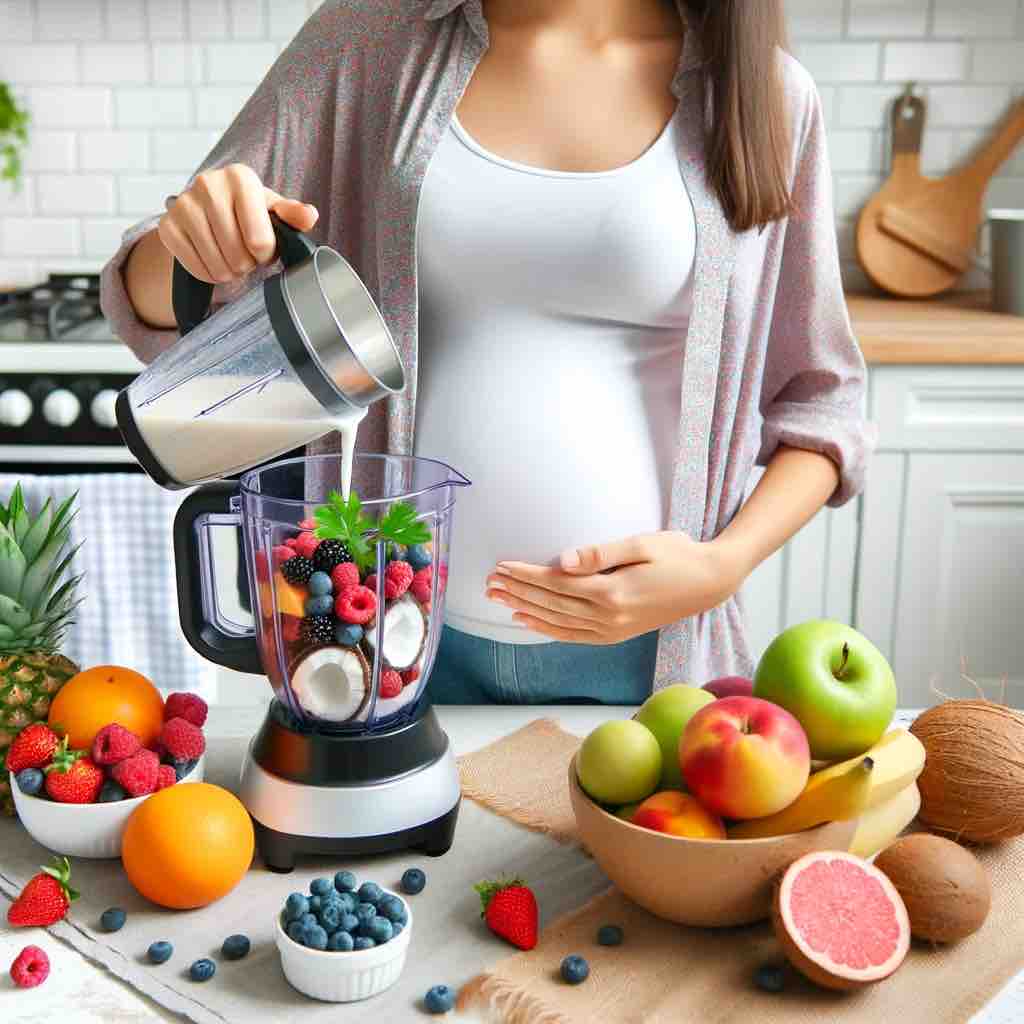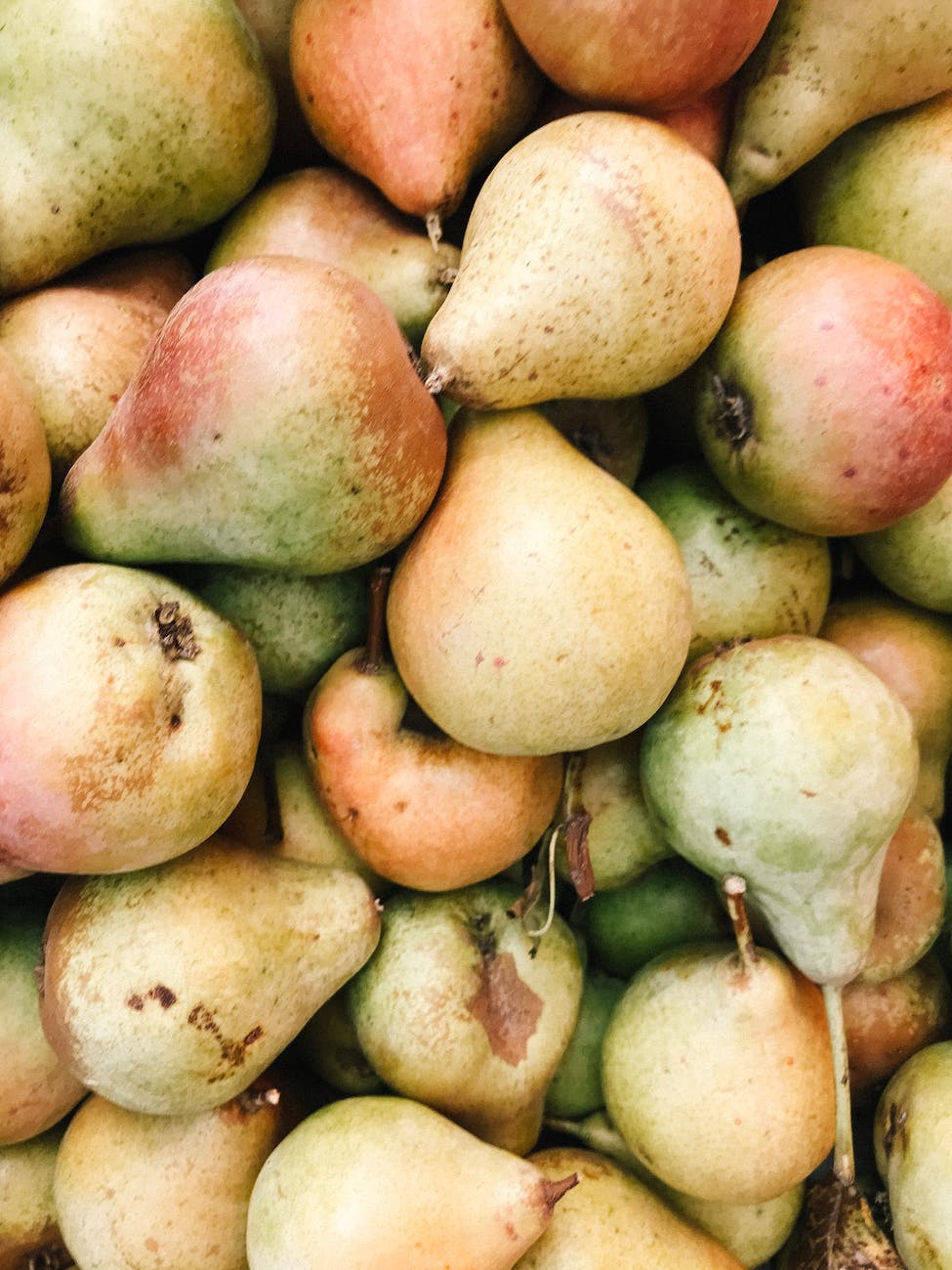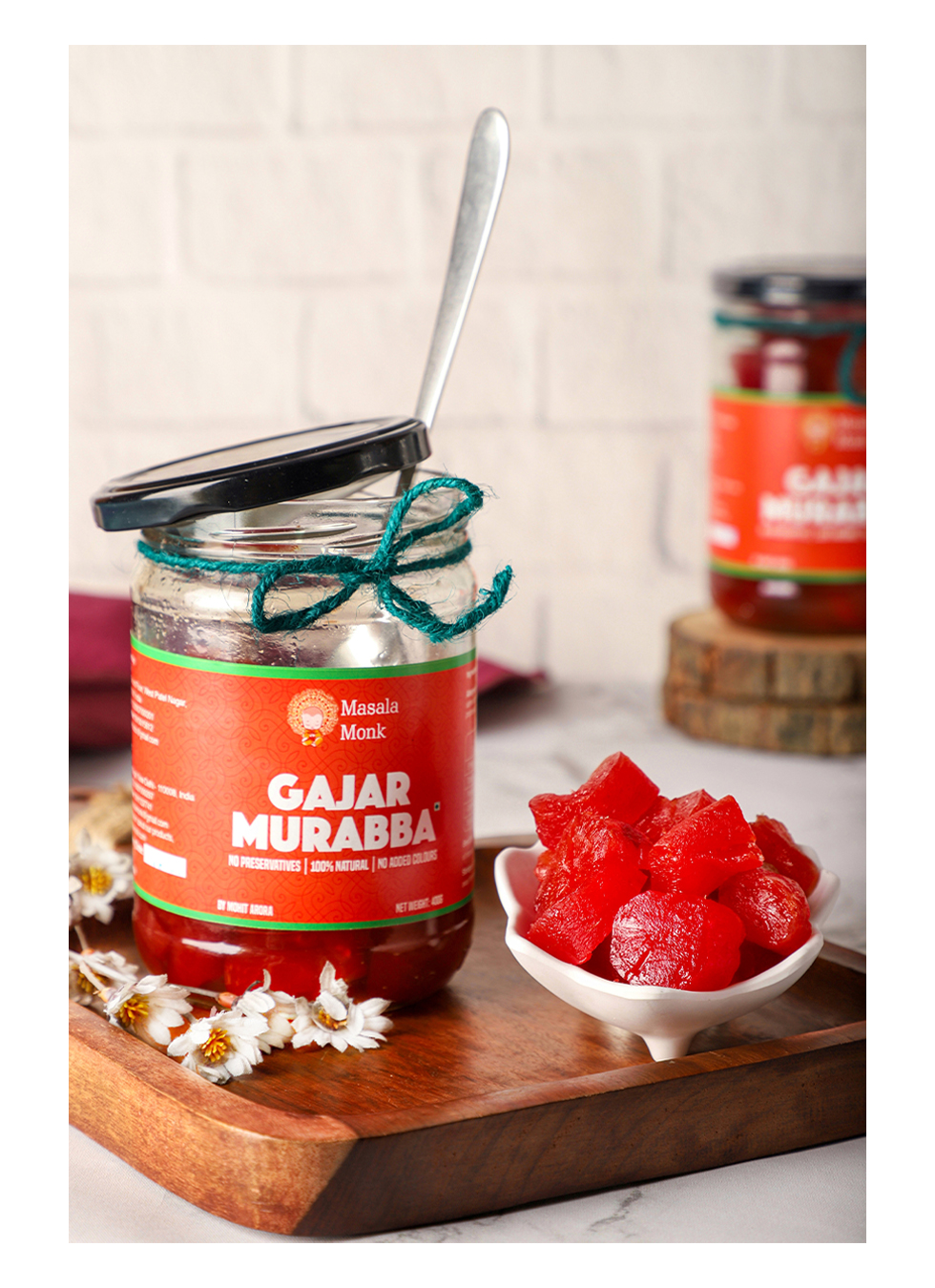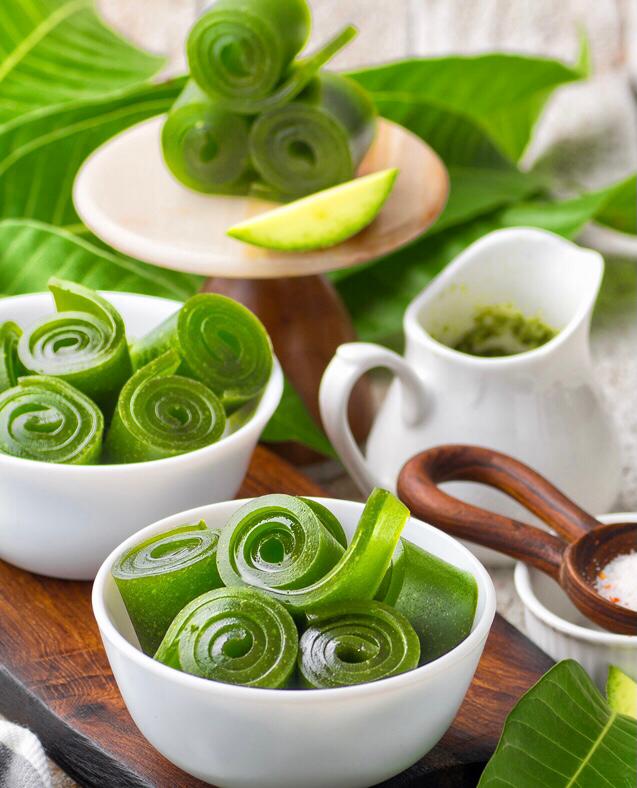
Introduction
Navigating through pregnancy requires a focus on nutrient-rich diets to support the health of both the mother and the baby. This post is dedicated to crafting delicious, vitamin-packed smoothies that harness the antioxidant power of berries and the creamy richness of coconut milk. Each recipe is designed not just for flavor, but also to boost your daily vitamin intake in the most enjoyable way possible.
The Nutritional Power of Berries and Coconut Milk
Berries, such as blueberries, strawberries, raspberries, and blackberries, are among nature’s most potent sources of antioxidants. They are loaded with vitamins like vitamin C, which is essential for immune function and skin health, and they provide a range of antioxidants that protect cells from damage. Coconut milk, with its healthy fats and lauric acid content, is not only beneficial for fetal development but also aids in the absorption of fat-soluble vitamins, making it an ideal companion to berries in these smoothies.
1. Blueberry Coconut Bliss
- Ingredients: 1 cup blueberries (fresh or frozen), 1 ripe banana (for natural sweetness), 1 cup coconut milk, 1 tablespoon chia seeds, a handful of fresh spinach (for extra iron and folate).
- Preparation: Start by blending the spinach and coconut milk to create a smooth green base. Then add the blueberries, banana, and chia seeds, blending until the mixture is creamy and uniform.
- Benefits: This smoothie is not just about taste; it’s packed with essential nutrients. Chia seeds are a great source of omega-3 fatty acids and fiber, supporting maternal health and digestion.
2. Raspberry Lemonade Zing
- Ingredients: 1 cup raspberries, the juice of 1 lemon (for a citrusy kick and vitamin C), 1 cup coconut milk, ½ cup Greek yogurt (adding protein), a drizzle of honey (for natural sweetness).
- Preparation: Blend raspberries, lemon juice, and coconut milk until smooth. For added creaminess and protein, incorporate Greek yogurt and honey to taste.
- Benefits: This smoothie is particularly high in vitamin C, aiding in iron absorption, a crucial element during pregnancy. Raspberries also offer fiber, which can help with pregnancy-related constipation.
3. Strawberry Coconut Cream
- Ingredients: 1 cup strawberries, 1 ripe banana, 1 cup coconut milk, 1 tablespoon almond butter (for added protein and healthy fats), ½ teaspoon vanilla extract (for flavor enhancement).
- Preparation: Combine strawberries, banana, and coconut milk in a blender. Add almond butter for depth in flavor and nutritional value, and vanilla extract for a hint of sweetness.
- Benefits: Strawberries are a fantastic source of folate, essential for fetal development. The almond butter in this smoothie not only adds a nutty flavor but also supplies additional protein and healthy fats.
4. Mixed Berry Energy Booster
- Ingredients: ½ cup each of blueberries, raspberries, blackberries (a berry medley for a diverse range of nutrients), 1 ripe banana, 1 cup coconut milk, 1 tablespoon ground flaxseed (for omega-3s and fiber).
- Preparation: Blend all the berries with the banana and coconut milk until smooth. Add the ground flaxseed last and give it one more blend for an even consistency.
- Benefits: This smoothie is a powerhouse of antioxidants, providing a broad spectrum of vitamins and minerals. Flaxseed contributes additional omega-3 fatty acids, which are vital for the baby’s brain development.
5. Tropical Berry Twist
- Ingredients: 1 cup mixed tropical fruits like pineapple and mango, ½ cup mixed berries, 1 cup coconut milk, 1 tablespoon hemp seeds (for a protein boost).
- Preparation: Blend the tropical fruits and berries with coconut milk for a rich, fruity smoothie. Sprinkle in hemp seeds for their protein and texture.
- Benefits: This smoothie is not only a treat to the taste buds but also a vitamin C powerhouse. Hemp seeds provide a good amount of protein and essential fatty acids.
Conclusion
These five smoothies offer a delicious route to meeting your increased nutritional needs during pregnancy. Each one is thoughtfully created to maximize both flavor and health benefits, making them perfect for busy mornings or as a nutritious snack. By incorporating these smoothies into your diet, you’re taking a step towards a healthier pregnancy filled with vital vitamins and antioxidants.
10 FAQs for “5 Vitamin-Boosting Pregnancy Smoothies: Berries and Coconut Milk for Antioxidant Power”
- Are these smoothies safe for all stages of pregnancy? Yes, these smoothies are safe and beneficial for all stages of pregnancy, providing essential vitamins and antioxidants.
- Can I use canned coconut milk for these smoothies? Absolutely! Canned coconut milk is a great option. For a lighter smoothie, you can also use coconut milk from a carton.
- Is it okay to add sweeteners to these smoothies? If you prefer a sweeter taste, you can add natural sweeteners like honey or maple syrup. However, be mindful of the added sugars.
- Can these smoothies help with morning sickness? These smoothies are gentle on the stomach and can be soothing, but their effectiveness for morning sickness varies individually.
- How can I make these smoothies more protein-rich? You can add protein sources like Greek yogurt, almond butter, or a scoop of your preferred protein powder.
- Can I make these smoothies if I’m lactose intolerant? Yes, these smoothies are naturally lactose-free, using coconut milk as the base.
- Are frozen berries as nutritious as fresh ones? Frozen berries are just as nutritious as fresh ones and can be used for convenience and year-round availability.
- Can I store leftover smoothie for later? It’s best to consume these smoothies fresh, but you can store leftovers in the refrigerator for up to 24 hours.
- Can these smoothies be a part of a gestational diabetes diet? While these smoothies are healthy, it’s important to consider the natural sugars in fruits. Consult with your healthcare provider for personalized advice.
- How often can I have these smoothies? You can enjoy these smoothies daily as part of a balanced diet to ensure a variety of nutrients.
Blog Tags
Pregnancy Smoothies, Antioxidant Rich, Berries Recipes, Coconut Milk Benefits, Healthy Pregnancy Diet, Vitamin-Rich Foods, Nutrient-Dense Smoothies, Maternal Health, Dairy-Free Options, Natural Sweetness, Easy Recipes, Wholesome Eating












